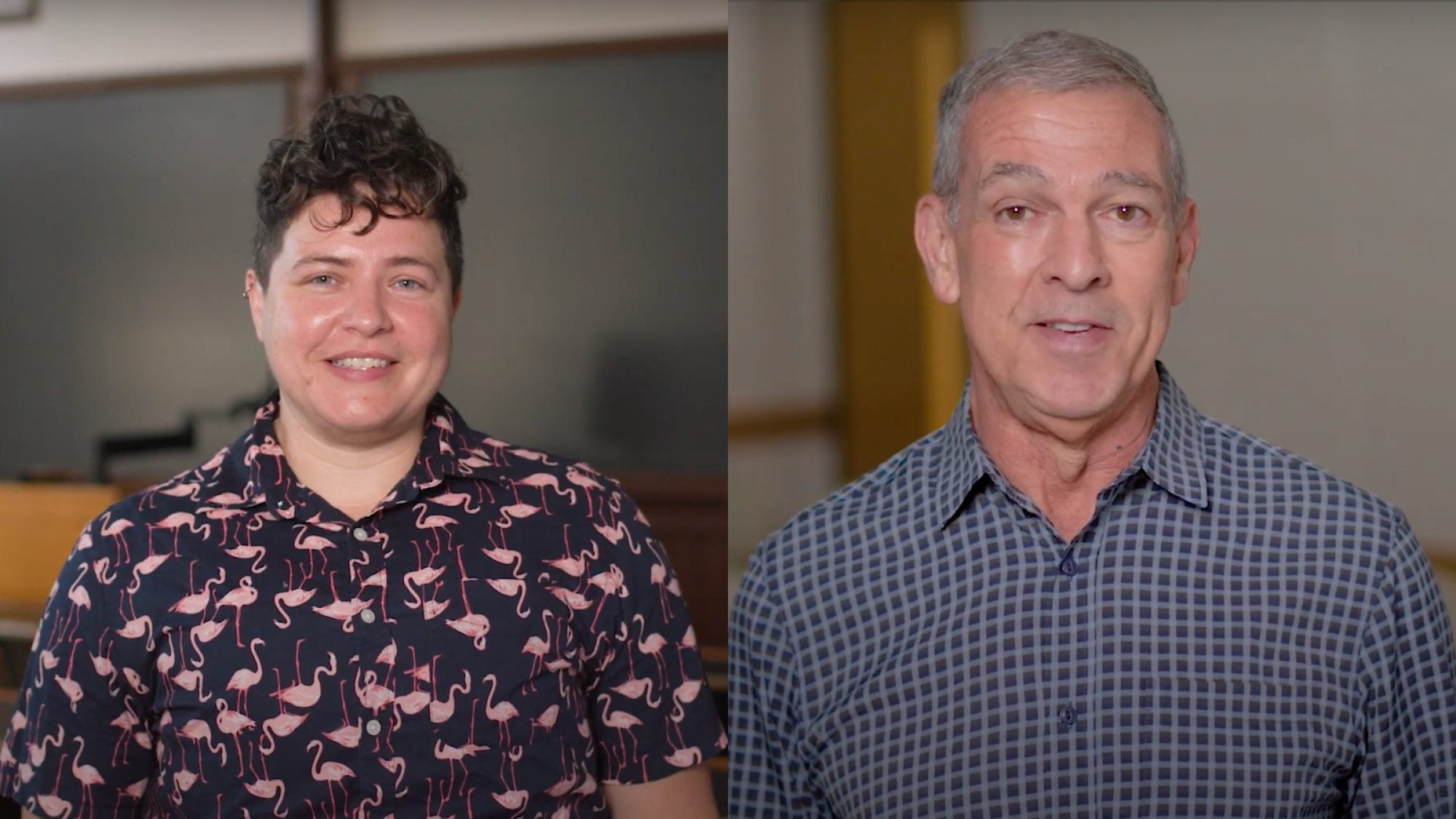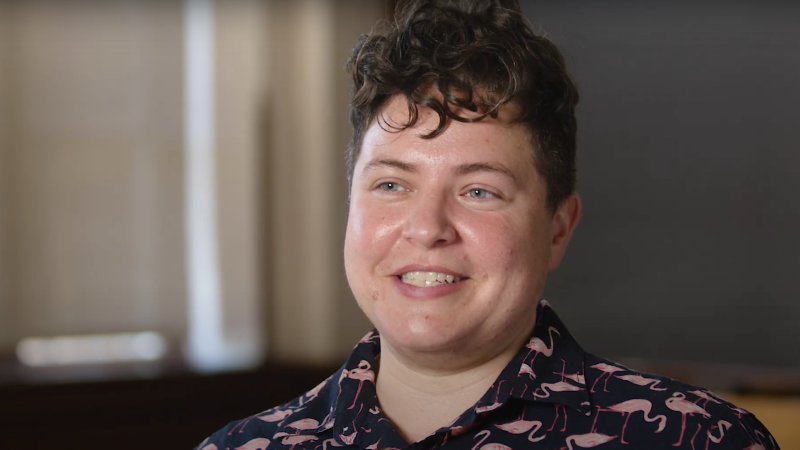“Generally speaking, I identify as Latinx, although I also will say Latino when I need to specify my gender identity, which is male/masculine,” says Ricardo Ortiz, professor in the Department of English and director of the Master’s Program in Engaged and Public Humanities. “I’m Cuban American, so I was born in Cuba, we left when I was five years old and I grew up in the U.S.”
“In terms of my gender identity, I identify as queer, but also trans and non-binary apply,” says Amanda Phillips, associate professor in the Department of English, Women’s & Gender Studies Program, Film & Media Studies Program and American Studies Program. “In terms of ethnicity and nationality, I’m American. I was born in the U.S., but my dad is Mexican. He and my abuelita came to the U.S. from Guadalajara in the 60s when he was a baby. And I use Latinx because I feel situated between the gender binary.”
While Phillips and Ortiz both typically identify as Latinx, a term that was popularized among queer communities largely in the U.S., they expressed the challenge they face of using any one word to describe a wide range of people with different cultures, histories and languages.
“Each one of these terms [Hispanic, Latino, Latina, Latinx, Latine] really does have a kind of historical political, ideological, cultural, personal meaning that really depends on the moment that it’s used and depends on the context within which it’s used,” says Ortiz.
Latinx and Latine
Growing up in Florida, Phillips said most people in their family and in the U.S. South would use the word Hispanic, which refers back to Spain and Spanish speakers, to describe their shared ethnicity.
It was not until grad school in California that Phillips discovered a political tension between the words Hispanic and Latino, which refers to people with ancestry in Latin America. And it was years later when they encountered the gender-neutral words Latinx and Latine, a term that has recently emerged from LGBTQIA+ communities in Spanish-speaking countries as another gender-neutral alternative that is easier to pronounce in Spanish.
“I first encountered the ‘X’ probably around the same time that I was really figuring out my gender and what it meant for me to be a masculine identified person who was raised as a girl,” Phillips says. “In many ways it was very liberating and freeing and exciting to have this alternative.”




